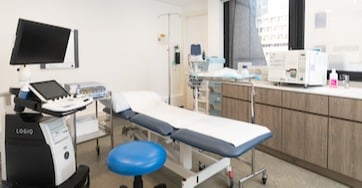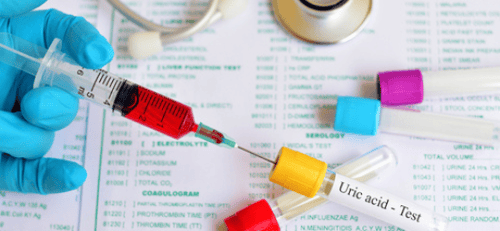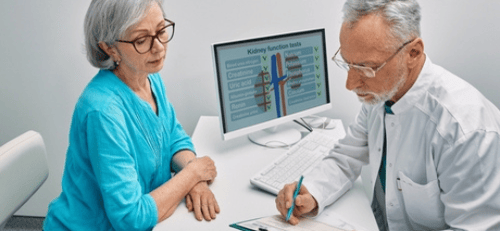Neisseria gonorrhoeae is the bacterium responsible for the sexually transmitted infection gonorrhoea, also known as “clap” or “drip”, which poses a significant public health challenge globally. Often referred to as the "silent" infection due to its frequently asymptomatic nature, especially in women , understanding this pathogen is crucial for effective prevention and treatment.
What is Neisseria Gonorrhoeae?
Neisseria gonorrhoeae is a gram-negative bacterium exclusively adapted to infect human hosts. It primarily affects mucous membranes, including those of the urethra, cervix, rectum, throat, and eyes. The infection is particularly concerning because it often proceeds without symptoms, especially in women, leading to serious reproductive and other health issues if left untreated.
How is Neisseria Gonorrhoeae Transmitted?
Transmission of Neisseria gonorrhoeae occurs through sexual contact with an infected partner. This includes vaginal, anal, and oral sex. An infected mother can also pass the bacteria to her baby during childbirth, potentially causing severe complications like blindness.
Symptoms of Neisseria Gonorrhoeae
While many individuals may not develop noticeable symptoms, those who do may experience the following:
- In Men: Symptoms can include a painful or burning sensation when urinating, pus-like discharge from the penis, and sore or swollen testicles.
- In Women: Symptoms are often milder but can include a painful or burning sensation when urinating, increased vaginal discharge, and vaginal bleeding between periods.
In both men and women, rectal infections can cause discomfort, discharge, and bleeding. Throat infections may lead to soreness but are often mild and can be mistaken for other conditions.
Complications of Untreated Neisseria Gonorrhoeae
Untreated Neisseria gonorrhoeae can lead to severe health problems, including:
- Pelvic Inflammatory Disease (PID) in women, which can cause chronic pelvic pain, ectopic pregnancy and infertility.
- Epididymitis in men, which can also lead to infertility.
- Disseminated Gonococcal Infection (DGI), where the bacteria spread through the bloodstream, causing arthritis, tenosynovitis, and dermatitis.
- Blindness in the newborn
Diagnosis and Treatment of Neisseria Gonorrhoeae
Diagnosis typically involves the collection of a sample from the affected area and using nucleic acid amplification tests (NAATs) for confirmation, which are highly sensitive and specific.
The treatment for Neisseria gonorrhoeae has become increasingly complex due to rising antibiotic resistance. Currently, the CDC recommends dual therapy consisting of ceftriaxone and azithromycin to treat uncomplicated cases of gonorrheae. It's crucial for sexual partners to be tested and treated simultaneously to prevent re-infection and detect possible co-infection with other sexually transmitted infections.
Prevention of Neisseria Gonorrhoeae infection
Preventing Neisseria gonorrhoeae involves safe sexual practices such as the use of condoms, regular screening and prompt treatment of sexual partners, and honest communication about STD risks and testing histories. Antibiotic ointment is also given to newborns as gonorrhea prophylaxis. Vaccination research is ongoing but has not yet produced a viable option.
Neisseria gonorrhoeae remains a formidable public health challenge due to its asymptomatic nature and growing antibiotic resistance. Awareness, early detection, and adherence to treatment protocols are essential to manage this infection effectively and mitigate its impact on public health. By promoting safe sexual practices and regular screenings, we can control the spread of this infection and protect overall health and well-being.
If you suspect an infection, seek medical advice and get tested promptly to prevent complications.
References
- WHO. Gonorrhoea (Neisseria gonorrhoeae infection). 4 Feb 2025 Retrieved from https://www.who.int/news-room/fact-sheets/detail/gonorrhoea-(neisseria-gonorrhoeae-infection)
- Mayo Clinic. Gonorrhea. 4 Feb 2025 Retrieved from https://www.mayoclinic.org/diseases-conditions/gonorrhea/symptoms-causes/syc-20351774
 Central General Practice
Central General Practice
 Repulse Bay
Repulse Bay
 Clearwater Bay
Clearwater Bay
 BodyWorX Clinic
BodyWorX Clinic
 Central Specialist Clinic
Central Specialist Clinic
 MindWorX Clinic
MindWorX Clinic
 Partner Clinics
Partner Clinics
 Family Clinic
Family Clinic
 OT&P Annerley Midwives Clinic
OT&P Annerley Midwives Clinic






